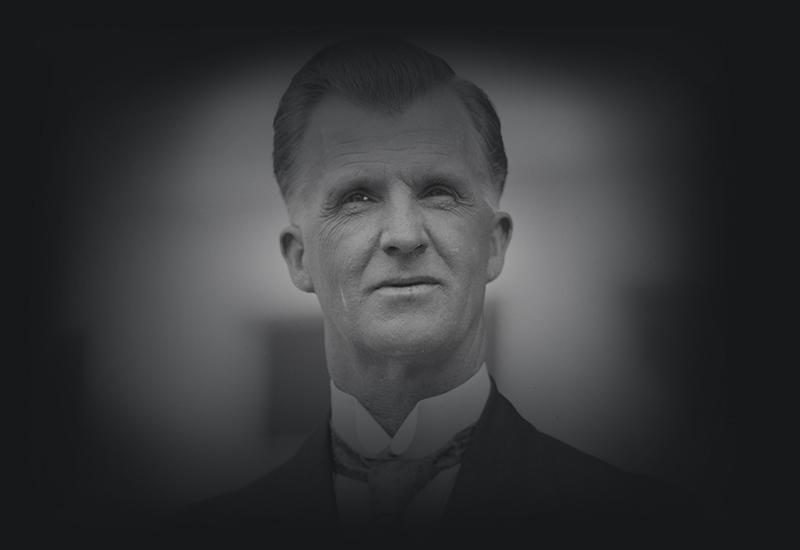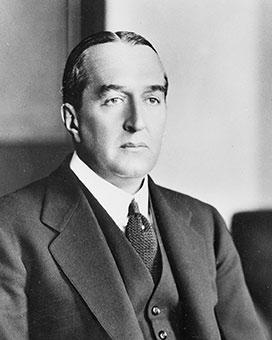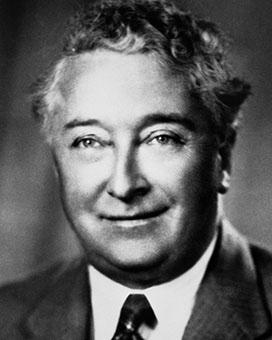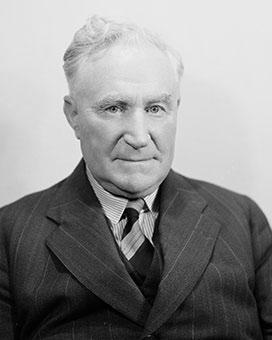When Sarah Scullin became prime ministerial spouse on 22 October 1929, she had been a ‘political wife’ for 22 years, and had accumulated 10 years experience as the partner of a parliamentarian.
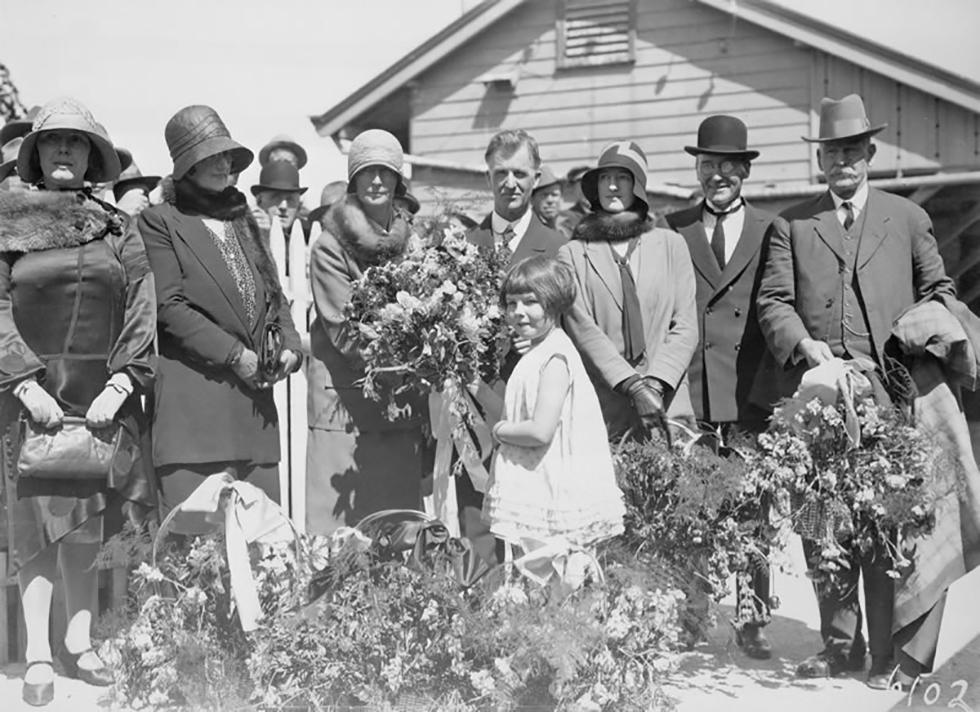
Masses of spring flowers, presented to the Scullins on their arrival at Canberra railway station in October 1929, required a separate car to transport them to the couple's suite at the Hotel Canberra, the prime ministerial residence for the next 2 years. NAA: A3560, 6102
Mrs Scullin’s first official duties in Canberra were her welcome on 21 October 1929 and her visit to the Canberra Hospital where she delivered the many bouquets presented on her arrival that day. Mrs Scullin did not include in her official duties the role of ‘chatelaine’ of The Lodge, as the Scullins refused to occupy the house. As Leader of the Opposition, Scullin had been a vocal opponent of the cost of the temporary prime ministerial residence, but the expense of maintaining the empty house prompted repeated and unsuccessful attempts to lease it in 1930 and 1931.
The Scullins lived at the Hotel Canberra during parliamentary sessions. According to press reports, Mrs Scullin added to their amenities with items taken from The Lodge. She frequently walked across to Parliament House to hear proceedings and maintained a strong interest in politics.
The Scullins’ house in Park Avenue, Hawthorn, Victoria, was frequently a venue for party and even parliamentary functions. In 1930, when Scullin was ill with pleurisy before the couple went to London for the Imperial Conference, Mrs Scullin made the arrangements for a crucial Cabinet meeting at the Prime Minister’s bedside, and served as usher and doorman. It was this meeting, with Commonwealth Bank chairman Robert Gibson attending for part of the time, that was reported by the Sydney Morning Herald on 21 August as ‘one of the most vital in the history of the Commonwealth’.
Mrs Scullin represented her ailing husband at the Party’s farewell function on the eve of their departure for London in August 1930 and, on the day of their return to Melbourne in January 1931, while he rested, she reported on their trip to the Labor women’s organising committee.
While no specific record of Mrs Scullin’s work as prime ministerial spouse is available, a trace of her official, ceremonial and social duties can be gleaned from newspaper accounts of Scullin’s daily appointments. For instance, a 3-day visit to Sydney soon after taking office involved Mrs Scullin’s participation in a wreath-laying ceremony at the Cenotaph, the silver jubilee banquet of the Labor women’s organising committee at Trades Hall in Sussex Street, and a lunch hosted by the New South Wales Institute of Journalists.
Sources
- Robertson, John, JH Scullin: A Political Biography, University of Western Australia Press, Perth, 1975.
From the National Archives of Australia collection
- Prime Minister’s Lodge and Canberra House, 1929–32, NAA: A1, 15193/9403
- Prime Minister’s Lodge, proposal to lease, 1929–30, NAA: A6271, E1930/388

